The Silk Industry
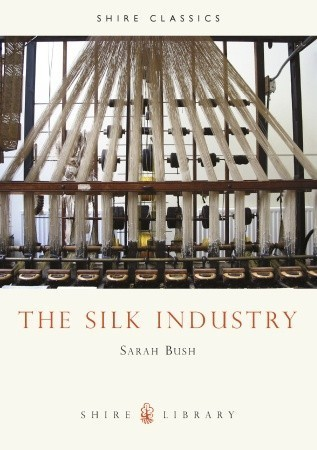
Summary
Silk was first developed in ancient China as early as 2600 BC and over the centuries to follow it gradually spread first to South East Asia and then to the Middle East, North Africa and Europe along the silk route, becoming established in England in the fourteenth century. The early centers of the English silk industry, Spitalfields, Norwich and Cantebury, benefitted from the arrival of the Dutch or Huguenot silk workers and in 1718 the first factory system for producing silk was begun in Derby. This book traces the legendary silk route from China to the UK and explores the developments in silk production once it reached Europe, the changes to the loom, the popularity of silk clothing, and the industry's struggle with the removal of tariff protection. After reaching its peak in 1850, the industry began to decline with the introduction of Cobden's Free Trade Treaty of 1860 and was further diminished by the advent of artificial silk. Sarah Bush guides us through the ups and downs of the silk industry and provides a perfect introduction to the history of this ancient process.
Similar Books
-
 The Essential Roman Baths
The Essential Roman Bathsby Stephen Bird
-
 Luxury and Pleasure in Eighteenth-Century Britain
Luxury and Pleasure in Eighteenth-Century Britainby Maxine Berg
-
 Ancient Israelites and Their Neighbors: An Activity Guide
Ancient Israelites and Their Neighbors: An Activity Guideby Marian Broida
-

-
 Roman Bath Discovered
Roman Bath Discoveredby Barry Cunliffe
-
 Roman Bath discovered
Roman Bath discoveredby Barry Cunliffe
-
 The Castles of Henry VIII
The Castles of Henry VIIIby Peter Harrington
-
 The World's Great Archaeological Treasures
The World's Great Archaeological Treasuresby Paul G. Bahn
-
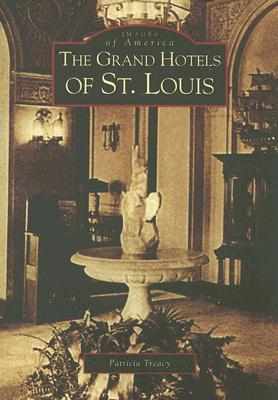 The Grand Hotels of St. Louis
The Grand Hotels of St. Louisby Patricia Treacy
-
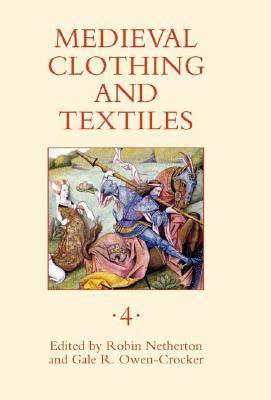 Medieval Clothing and Textiles 4
Medieval Clothing and Textiles 4by Robin Netherton
-
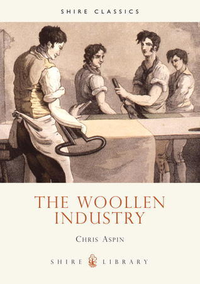 Woollen Industry
Woollen Industryby Chris Aspin
-
 Celtic Cross: Croes Celtaidd
Celtic Cross: Croes Celtaiddby Derek Bryce
-
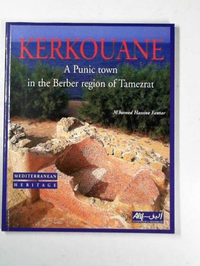 Kerkouane: a Punic town in the Berber region of Tazezrat
Kerkouane: a Punic town in the Berber region of Tazezratby M'hamed Hassine Fantar
-
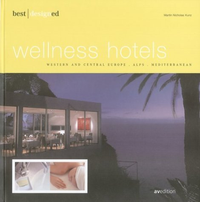 best designed wellness hotels Western and Central Europe, Alps, and Mediterranean
best designed wellness hotels Western and Central Europe, Alps, and Mediterraneanby Martin Nicholas Kunz